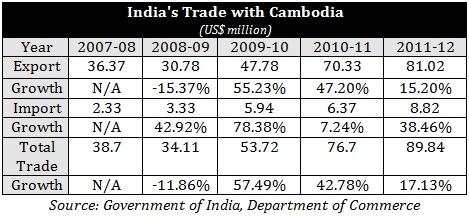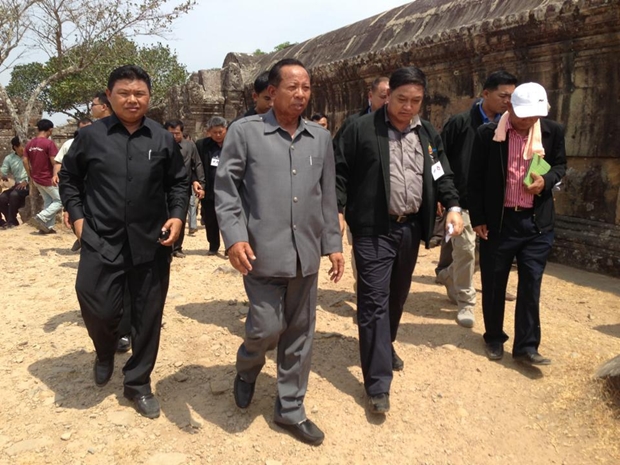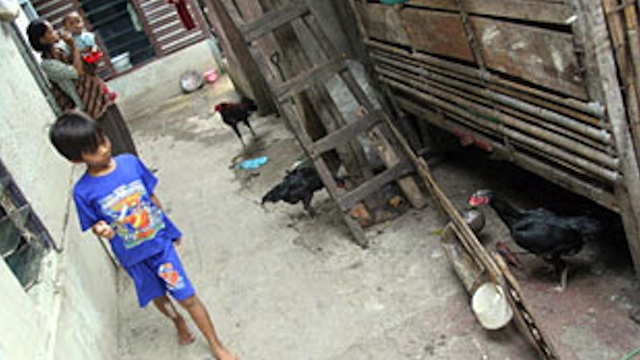
អ្នកនាំពាក្យទីស្ដីការគណៈរដ្ឋមន្ត្រី
និងជាអនុប្រធាននៃក្រុមការងារអន្តរក្រសួង លោក ផៃ ស៊ីផាន
ផ្ដល់បទសម្ភាសន៍ដល់អ្នកកាសែត នារាជធានីភ្នំពេញ កាលពីថ្ងៃទី១៤
ខែកក្កដា ឆ្នាំ២០១១។
RFA/Sok Serey
ការចោទប្រកាន់នេះ ធ្វើឡើងបន្ទាប់ពីលោក គង់ គាំ
បានទៅពិនិត្យព្រំដែននៅស្រុកស្វាយជ្រំ ខេត្តស្វាយរៀង
ប៉ុន្តែត្រូវបានអាជ្ញាធរវៀតណាម
រារាំងលោកមិនឲ្យទៅពិនិត្យតំបន់ដែលពលរដ្ឋខ្មែរចោទថា
ប្រទេសវៀតណាម បានយកទឹកដីខ្មែរ ធ្វើជាទឹកដីរបស់វៀតណាម នោះ។ លោក គង់
គាំ បានឲ្យដឹងថា ពលរដ្ឋរស់នៅច្រកព្រំដែនក្រសាំងជ្រំ
ស្នើសុំឲ្យលោកទៅពិនិត្យតំបន់ព្រំដែនដែលពលរដ្ឋអះអាងថា កម្ពុជា
បាត់បង់ទឹកដីប្រហែលមួយគីឡូម៉ែត្រ។
លោក ផៃ ស៊ីផាន មានប្រសាសន៍ថា រដ្ឋាភិបាលនឹងចុះទៅពិនិត្យតំបន់ព្រំដែនដែលពលរដ្ឋចោទថា កំពុងមានបញ្ហានោះ ប្រសិនបើលោក គង់ គាំ ដាក់ពាក្យបណ្ដឹង។ ទោះបីជាយ៉ាងក៏ដោយ លោក ផៃ ស៊ីផាន បានរិះគន់ថា សមាជិកព្រឹទ្ធសភាគណបក្ស សម រង្ស៊ី មិនត្រូវព្យាយាមដោះស្រាយបញ្ហាព្រំដែនដោយផ្ទាល់ខ្លួនឡើយ។ លោកថា បញ្ហាព្រំដែនជាបញ្ហាអន្តរជាតិ ត្រូវដោះស្រាយដោយគណៈកម្មាធិការព្រំដែននៃប្រទេសទាំងពីរ។
ទោះជាយ៉ាងណាក្តី លោក គង់ គាំ បញ្ជាក់ថា លោកគ្មានជំនឿថារដ្ឋាភិបាលនឹងដោះស្រាយបញ្ហាព្រំដែននៅជាប់នឹង ប្រទេសវៀតណាម បានឡើយ៕
កំណត់ចំណាំចំពោះអ្នកបញ្ចូលមតិនៅក្នុងអត្ថបទនេះ៖ ដើម្បីរក្សាសេចក្ដីថ្លៃថ្នូរ យើងខ្ញុំនឹងផ្សាយតែមតិណា ដែលមិនជេរប្រមាថដល់អ្នកដទៃប៉ុណ្ណោះ។
លោក ផៃ ស៊ីផាន មានប្រសាសន៍ថា រដ្ឋាភិបាលនឹងចុះទៅពិនិត្យតំបន់ព្រំដែនដែលពលរដ្ឋចោទថា កំពុងមានបញ្ហានោះ ប្រសិនបើលោក គង់ គាំ ដាក់ពាក្យបណ្ដឹង។ ទោះបីជាយ៉ាងក៏ដោយ លោក ផៃ ស៊ីផាន បានរិះគន់ថា សមាជិកព្រឹទ្ធសភាគណបក្ស សម រង្ស៊ី មិនត្រូវព្យាយាមដោះស្រាយបញ្ហាព្រំដែនដោយផ្ទាល់ខ្លួនឡើយ។ លោកថា បញ្ហាព្រំដែនជាបញ្ហាអន្តរជាតិ ត្រូវដោះស្រាយដោយគណៈកម្មាធិការព្រំដែននៃប្រទេសទាំងពីរ។
ទោះជាយ៉ាងណាក្តី លោក គង់ គាំ បញ្ជាក់ថា លោកគ្មានជំនឿថារដ្ឋាភិបាលនឹងដោះស្រាយបញ្ហាព្រំដែននៅជាប់នឹង ប្រទេសវៀតណាម បានឡើយ៕
កំណត់ចំណាំចំពោះអ្នកបញ្ចូលមតិនៅក្នុងអត្ថបទនេះ៖ ដើម្បីរក្សាសេចក្ដីថ្លៃថ្នូរ យើងខ្ញុំនឹងផ្សាយតែមតិណា ដែលមិនជេរប្រមាថដល់អ្នកដទៃប៉ុណ្ណោះ។




















 Defence Minister Sukumpol Suwanatat (3rd right) discusses the border dispute with his Cambodian counterpart Gen Tea Banh (centre) at the Preah Vihear temple. WASSANA NANUAM
Defence Minister Sukumpol Suwanatat (3rd right) discusses the border dispute with his Cambodian counterpart Gen Tea Banh (centre) at the Preah Vihear temple. WASSANA NANUAM









